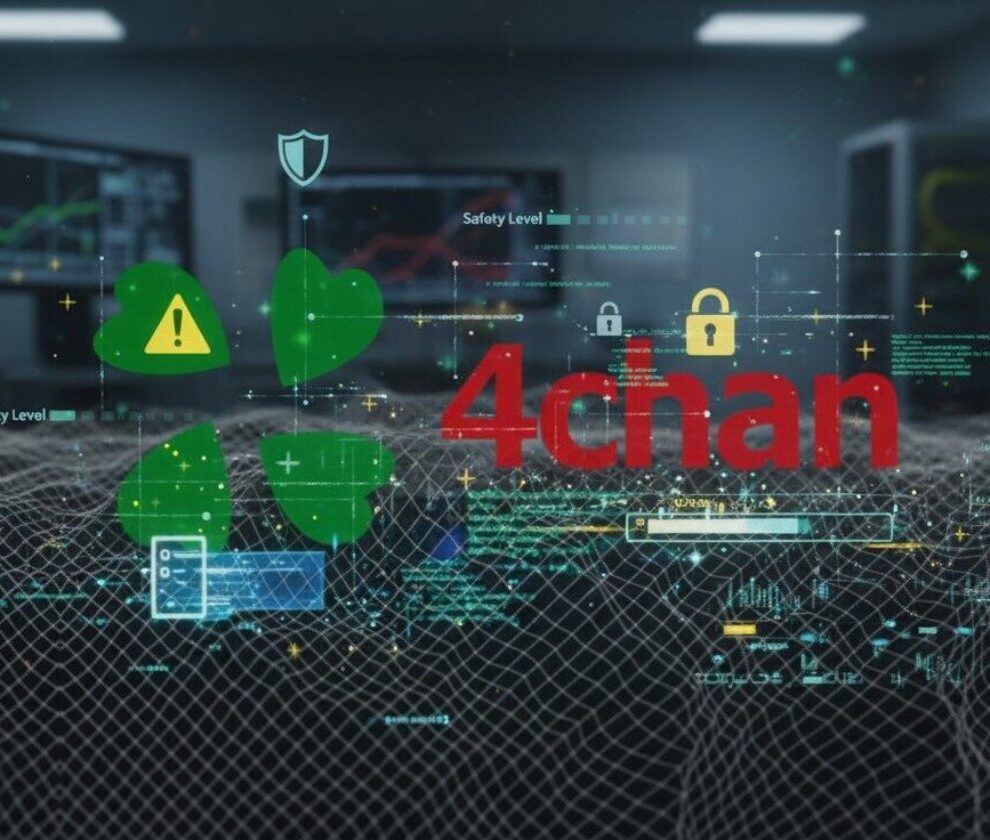The Impact of QILIN Ransomware on Public Sector
Cyberattacks targeting public institutions have seen a worrying surge in recent years. One of the most dangerous types of these is ransomware attacks, particularly those orchestrated by notorious groups like QILIN. These attacks do more than just disrupt systems—they compromise data security, privacy, and institutional resilience. When a public body such as the South Alabama Regional Planning Commission (SARPC) comes under attack, the consequences ripple far and wide, affecting local communities directly. In this article, we delve deeper into the specifics of the QILIN ransomware attack and share actionable insights for public institutions to bolster their cybersecurity practices.
The Vital Role of Public Institutions
Public institutions such as the SARPC serve an integral purpose in regional coordination and community development. They work on crucial missions ranging from economic growth to transportation planning and grant administration. Smooth operations of these organizations are vital for the welfare of citizens. However, such institutions are attractive targets for ransomware groups seeking to exploit sensitive data or disrupt services. This emphasizes the need for a robust cybersecurity framework, especially as these entities often collaborate with state, local, and federal partners, inadvertently increasing their vulnerability to threats.
The QILIN Attack on SARPC
QILIN is infamous for its dual-extortion tactics, encrypting critical data while exfiltrating it and threatening to make it public unless a ransom is paid. When SARPC fell victim to this group, QILIN stepped up the pressure by setting up a leak page where they shared screenshots and internal documents. Preliminary investigations noted a compromised FTP server and IP address, exacerbating fears of sensitive data like credentials being exploited. While details remain confidential, the attack served as a stark reminder of how such breaches can cripple public organizations.
Ramifications of a Cyberattack
The consequences of ransomware attacks like QILIN’s include numerous critical impacts:
- Data Exposure: Even the mere threat of sensitive data being leaked can damage an institution’s reputation severely.
- Financial Burden: Beyond the ransom, organizations face steep expenses for forensic investigations, system recovery, and implementing heightened security measures.
- Disruption to Services: Essential public services, from transportation initiatives to financial support programs, can experience interruptions, directly impacting the community.
Cybersecurity Strategies to Prevent Ransomware
The SARPC attack highlights the urgent need for public institutions to implement the following preventive measures:
- Employee Training: Most breaches stem from human error, such as clicking on malicious links. Regular education and awareness programs are vital.
- Regular Backups: Offline backups prevent data loss and facilitate system restoration in the event of an attack.
- Advanced Threat Detection: Anti-malware software and intrusion detection systems (IDS) are invaluable for spotting and addressing anomalies early.
Conclusion
Attacks by groups like QILIN underscore the pressing need for public institutions to adopt rigorous cybersecurity measures. By identifying vulnerabilities and taking proactive steps, these organizations can safeguard their mission-critical operations and maintain public trust. At My Own Detective, we specialize in assessing cybersecurity needs and implementing advanced defense mechanisms. Let us help you protect the data and services that matter most to your organization and community.


